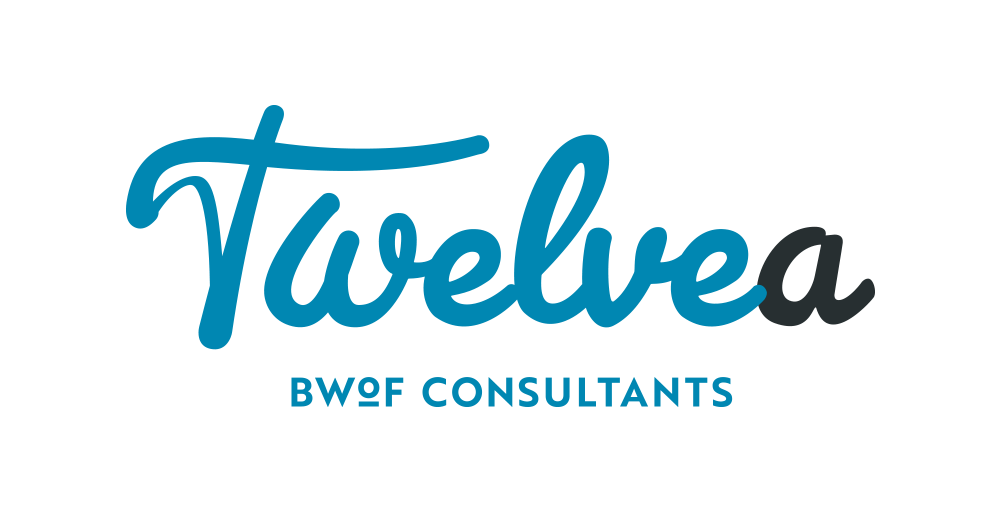Fire safety systems.
Managing fire safety
With a vast array of fire safety systems available, ranging from the very basic (a fire extinguisher), to the very clever (VESDA aspirating smoke detection), no building owner or body corporate is expected to be an expert!
Fire analysis for a building lies with the fire engineer at the time of construction or when doing a renovation. Their job is to determine how to keep the building, occupants and contents safe from fire, smoke and water damage through the use of different systems. They will create a fire report, analysing the building’s requirements for fire and passive safety, which is then peer reviewed by the NZ Fire Service. The most recent fire report lodged to council is the one your building should match.
But what happens if you have an older building and are not legally required to have a smoke alarm, fire alarm or sprinklers? The best answer would be to install an alarm or sprinkler, or alternatively to install hand-held firefighting equipment such as fire blankets, fire extinguishers or fire hose reels.
Fire safety systems provide protection
Unfortunately industry experts know that in the event of fire, human behaviour often means we place ourselves in danger. For example:
- Alarms are often ignored as people don’t believe they are for a real fire until someone tells them to evacuate
- People don’t look for exits signs or lights to help them
- Many don’t leave via the closest fire exit, especially the elderly or infirm
- People will often follow everyone else, even if it’s leading them into danger
- Individuals often walk back into a fire to retrieve personal belongings or get their car
Alarms warn the building’s occupants, giving them time to exit to safety, especially those who may have difficulties walking or moving. In a larger building, a fire alarm usually does more than make a lot of noise. It also has auxiliary systems attached to it like lifts, emergency lights, escape route pressurisation systems and mechanical ventilation, which activate when the alarm sounds.
Your evacuation procedure describes how occupants will escape safely if there is a fire or if a fire alarm sounds. Most buildings must have an evacuation procedure in place. However, if your building is a relevant building, it must have an evacuation scheme approved by the Fire Service. You can find further information and assistance here.
Visual inspections of passive features such as signs, exits, fire separations and smoke separations are the owners responsibility. These must be carried out when required by the Compliance Schedule. Owner’s checks must be properly documented and be available to immediately present to an auditor. Twelvea can help you with these and can hold your checks electronically, available for access 24/7.
If you have any concerns or questions, please don’t hesitate to get in touch.
